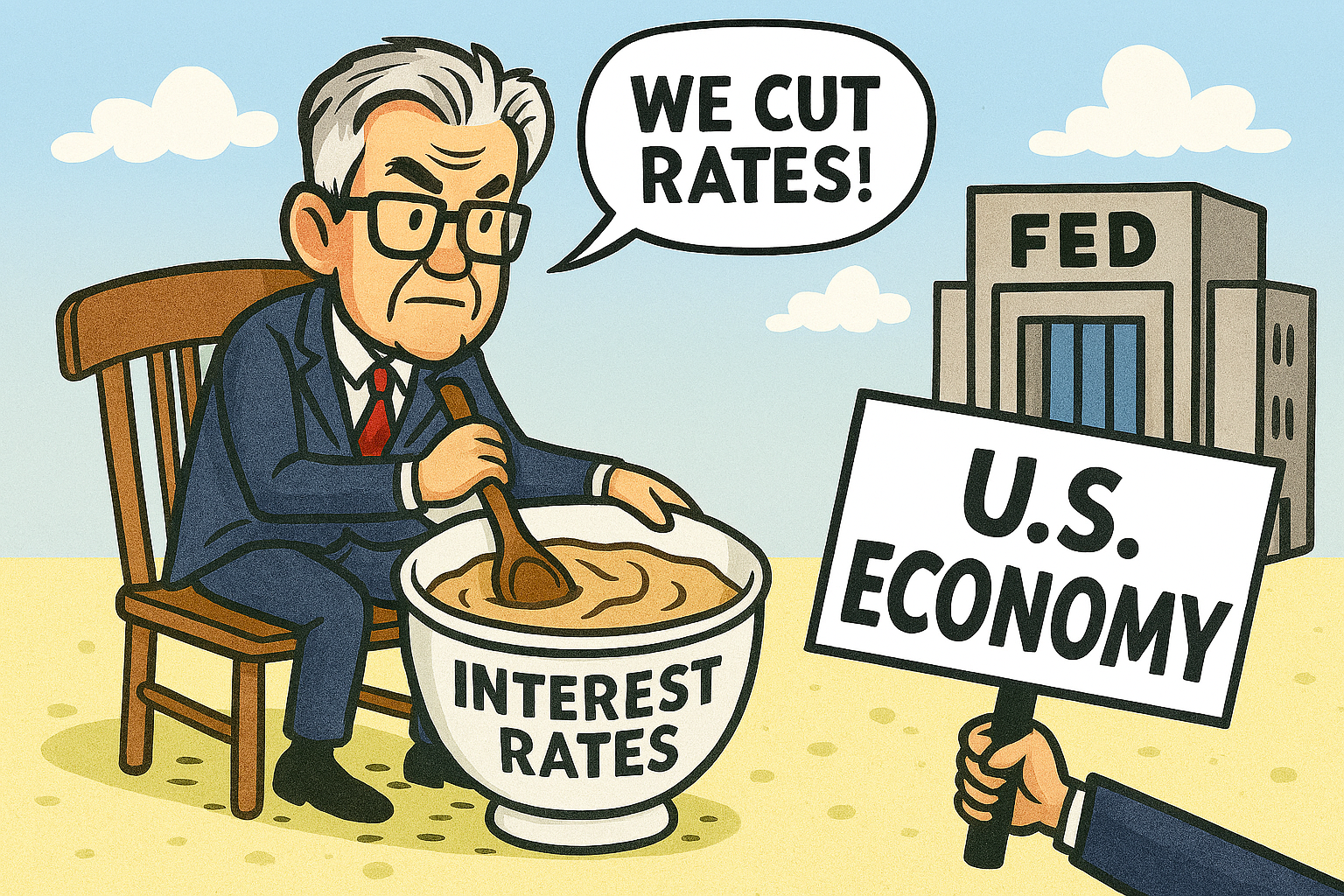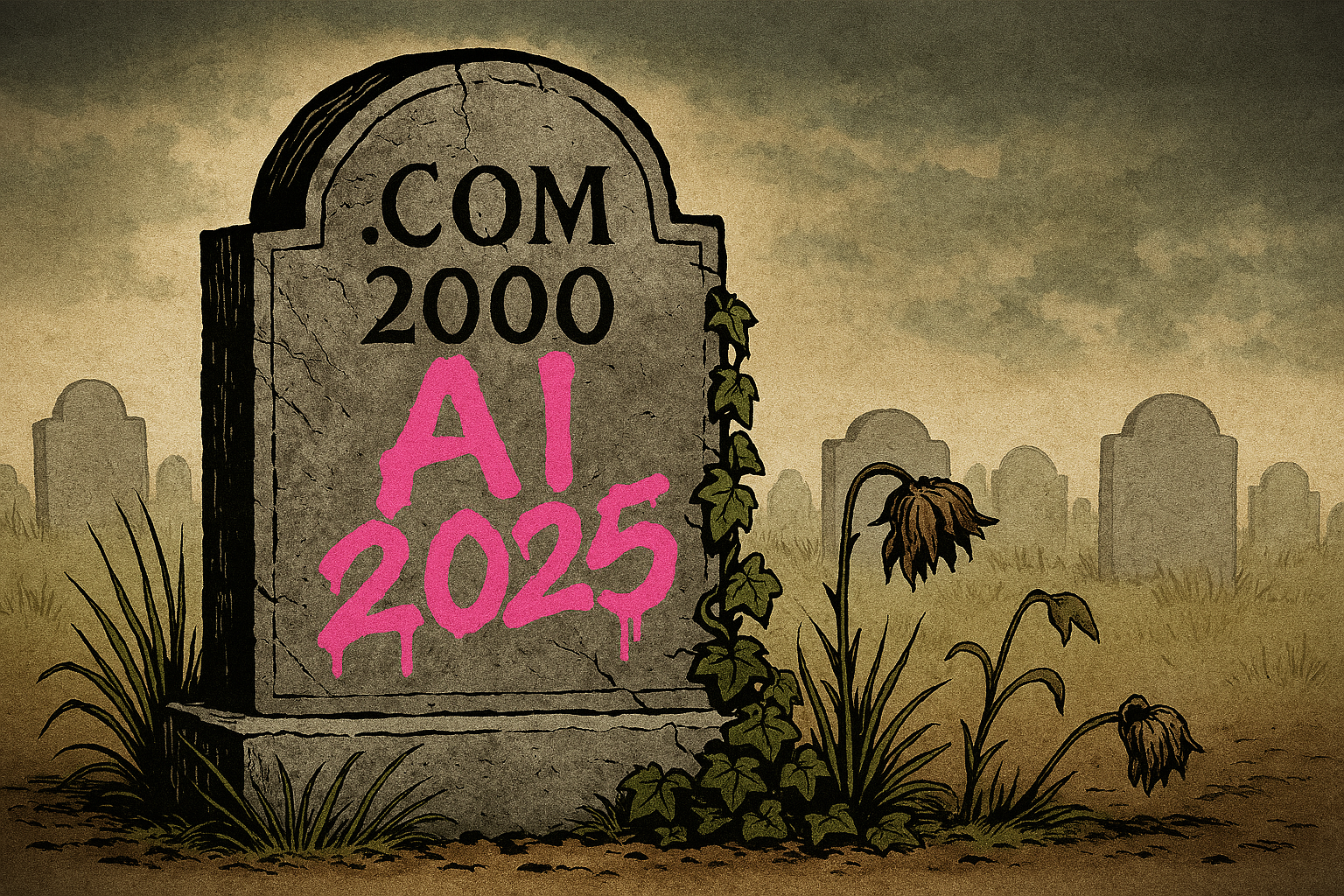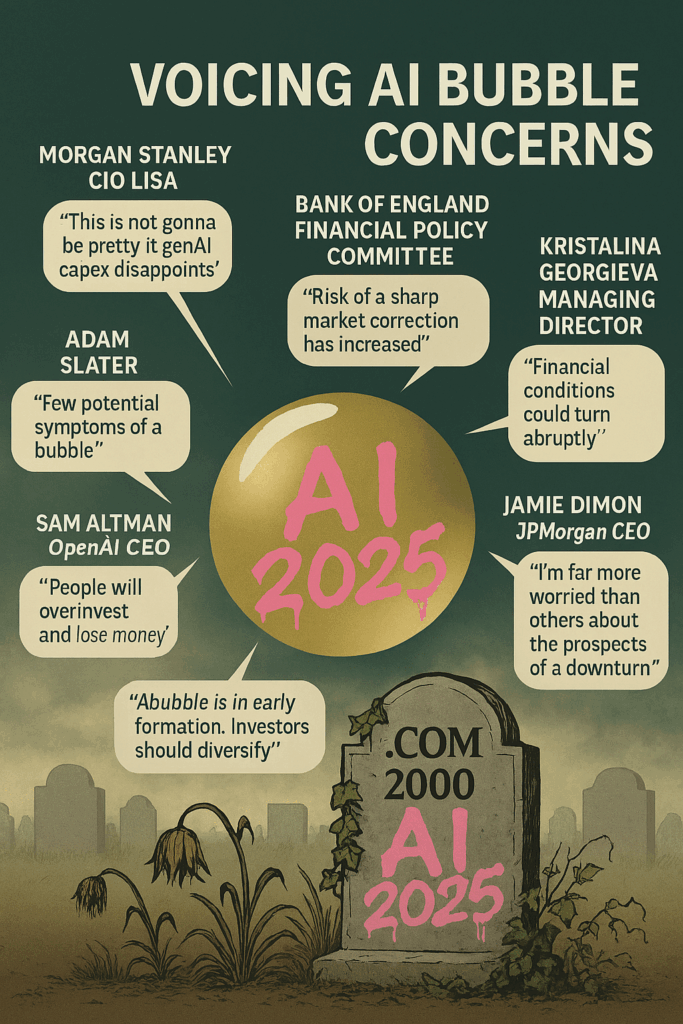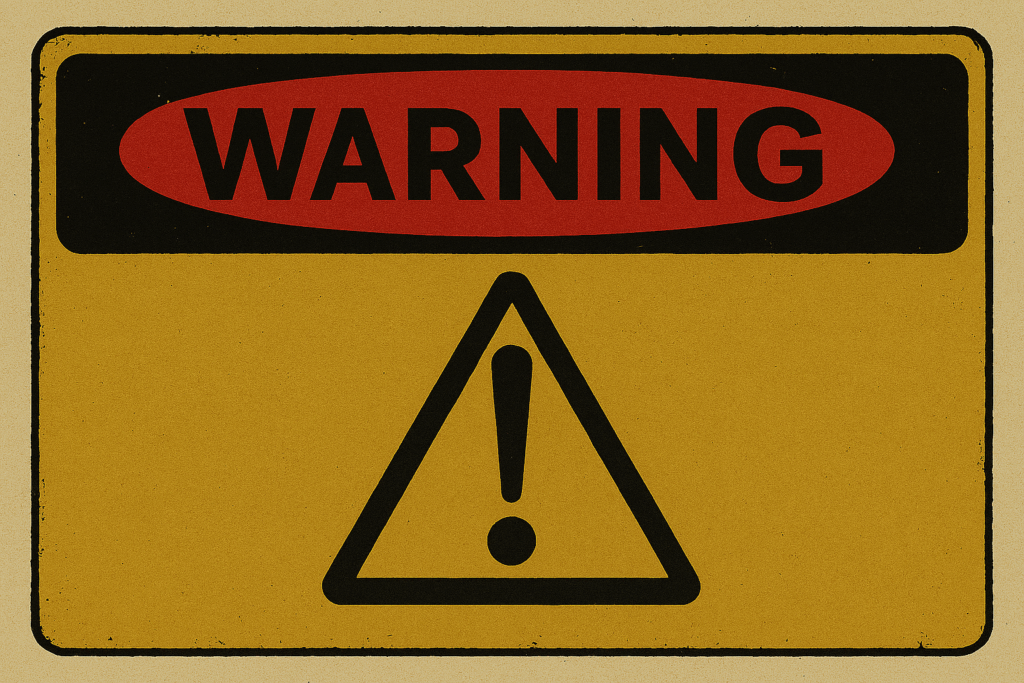This marks the second consecutive cut in 2025 amid economic uncertainty and a government data blackout.
In a move aimed at supporting growth, the Federal Reserve reduced its benchmark interest rate by 0.25% following its October policy meeting.
The decision, reportedly backed by a 10–2 vote from the Federal Open Market Committee, reflects growing concern over a weakening labour market and subdued consumer confidence.
Chair Jerome Powell acknowledged the challenges posed by the ongoing U.S. government shutdown, which has delayed key economic reports.
With official data frozen, the Fed relied on private indicators showing a slowdown in hiring and modest inflation. The Consumer Price Index rose just 3% year-on-year, below the Fed’s long-term target.
While the rate cut aims to ease borrowing costs and stimulate investment, Powell cautioned against assuming further reductions in December.
He emphasised that future decisions would depend on incoming data and evolving risks. It is not a done deal.
The Fed also announced plans to end quantitative tightening (QT) by 1st December 2025, signalling a broader shift towards monetary easing.
Markets responded cautiously, with investors weighing the implications for growth, inflation, and the Fed’s credibility.
Markets, after a short rally during the week, were subdued after the announcement.
AI is still the bull run driver




















